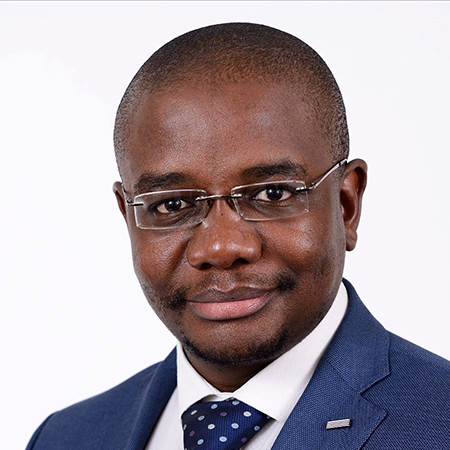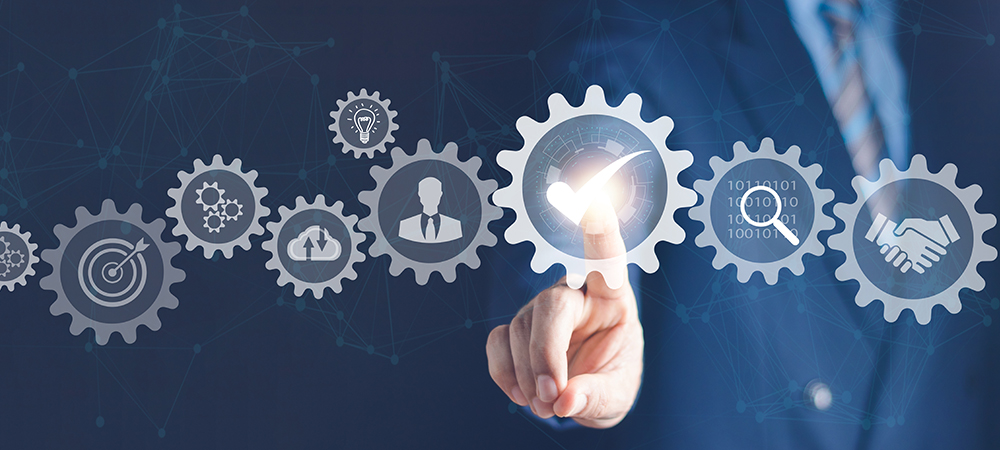A number of subsea cables are currently under construction in Africa. CEO, Corridor Africa, Matone Ditlhake, explores the benefits of subsea cables and how they can be used to embrace Digital Transformation.
Subsea cable connectivity is the key to accelerating Digital Transformation in Africa. Google recently launched its U$1 billion Equiano cable, a connection between Western Europe and South Africa. This announcement also coincides with Meta-backed 2Africa, the world’s longest subsea cable which is expected to come online in 2024.

The Equiano 144Tbps, 12 fibre pair cable will ensure faster Internet speeds and reduced Internet prices when it is switched on before the end 2022. It will be Africa’s highest capacity cable and stretches more than 15,000 kilometres from Portugal to South Africa.
Subsea cable connectivity will help governments throughout Africa achieve their Digital Transformation goals and objectives. In South Africa, it will contribute considerably to Government’s NDP2030 and SA Connect strategies.
Infrastructure development and digital and socio-economic transformation were the key topics at the 2022 GovTech conference, the annual meeting platform for representatives from government and industry to connect in serving citizens to better use information and communications technologies.
Khumbudzo Ntshavheni, the Minister of Communications and Digital Technologies, promised that Government was committed to delivering on broadband objectives as key enablers for the delivery of an economic step change for South Africa.
The Government is implementing a broadband connectivity drive through SA Connect and its goal is to ensure that all South Africans have access to the Internet. According to Google, the Equiano subsea cable will lead to the creation of 1.6 million jobs and it expects data prices to drop by at least 20%.
Through SA Connect, the Government plans to connect over 400 sites in the Eastern Cape and the Northern Cape and then provide Internet access for everyone across the country in phase two. This programme aims to connect over 33,000 community Wi-Fi hotspots over three years.
Ntshavheni recently said a revised model for SA Connect would include a partnership with ISPs, access network service providers and mobile virtual network operators in the SME space. She referred to this collaboration as part of the Government’s commitment to the transformation of the telecoms industry.
Digital Transformation involves the ongoing application of the latest technology to improve a government’s performance and help meet the expectations of its citizens. Digital Transformation offers many solutions to e-Government services as it addresses most of the challenges in e-Government.
It is clear that the Government has put policies in place to support Digital Transformation and with advances in infrastructure and digital technologies, it might successfully address its challenges to realise its global digital strategy successfully.
The South African Government is certainly lagging behind with Digital Transformation in realising its goal for e-Government. It needs to work in close cooperation with stakeholders to achieve e-Government through Digital Transformation. Citizens will be seeing more and more of this Digital Transformation over the next few years.


